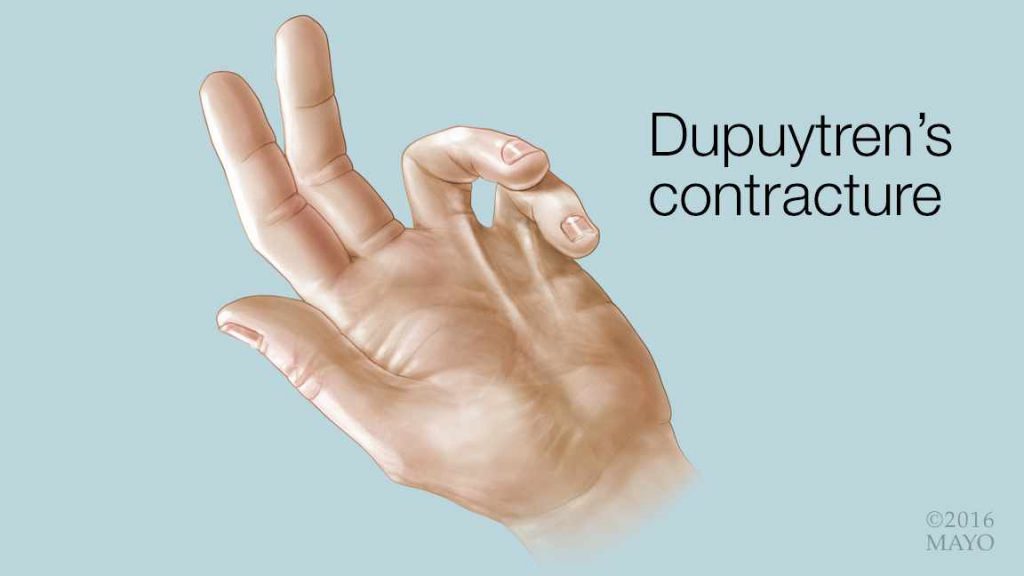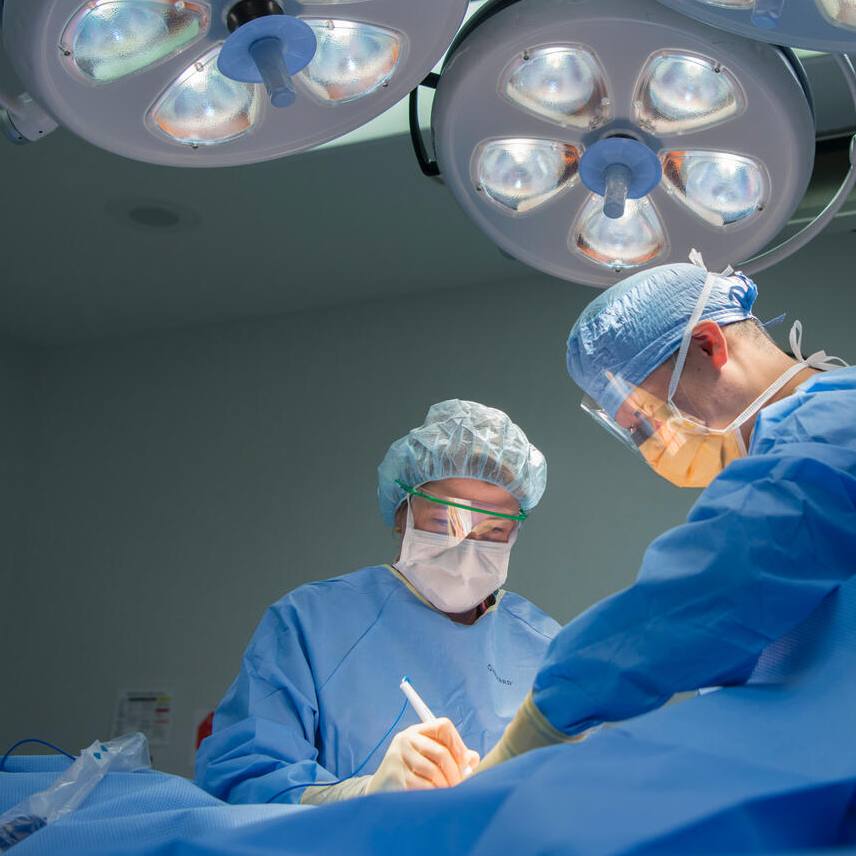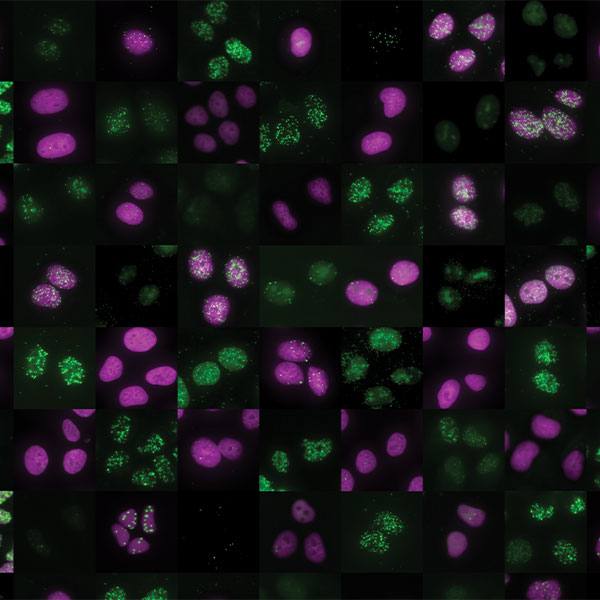-
Mayo Clinic Q and A: Surgery Generally Reserved for Advanced Cases of Dupuytren’s Contracture

DEAR MAYO CLINIC: Is surgery for Dupuytren’s contracture safe? What kind of results can I expect after surgery? Are there any alternatives to surgery?
ANSWER: Surgery is the traditional treatment for Dupuytren’s contracture. It is safe and effective, but may not always be necessary. Other treatments are available, depending on the severity of the condition. Usually, the earlier Dupuytren’s contracture is identified, the more treatment options are available.
Dupuytren’s contracture is a genetic condition that affects the hand — most often in men of Northern European or Scandinavian descent. Dupuytren’s contracture usually progresses slowly over several years. As it does, knots form in a layer of fascia that lies under the skin of the palm of the hand. Eventually, the knots create a thick cord that can pull one or more fingers into a bent position. Once that happens, treatment is necessary to straighten those fingers.
Dupuytren’s contracture commonly affects the ring and small fingers. Dupuytren’s contracture can develop in both hands, though it usually affects one hand more severely than the other. The severity of Dupuytren’s can vary a great deal. In some people, the condition may be mild and not require treatment. In others, it can continue to develop until the hand is significantly deformed, making it hard to perform routine daily tasks.
Surgery to treat Dupuytren’s typically involves removing the diseased cords that are causing the contracture in the finger. In many cases, this surgery successfully eliminates Dupuytren’s contracture. Results usually are long-lasting, and the rate of recurrence is low. Recovery after the surgery, however, may take three months or more, and involves extensive physical therapy to regain use of the fingers and hand.
Because surgery often requires extended recovery time, it’s generally reserved for advanced or severe cases of Dupuytren’s contracture that cannot be treated conservatively. For mild to moderate cases, alternatives are available.
One option involves a doctor inserting a needle through the skin to puncture and break the cord of tissue, releasing the finger from contracture. This technique can effectively relieve Dupuytren’s with a minimal incision, no medication, and minimal, if any, physical therapy required afterward. The main drawback is that the condition is more likely to come back after this treatment than it is with other treatment options.
The other alternative to surgery is a minimally invasive procedure in which an enzyme, called collagenase, is injected into the diseased cords. Collagenase weakens and dissolves the cords, allowing the fingers to straighten. Dupuytren’s contracture is less likely to come back after this procedure than it is with the puncture technique, but this treatment can be more painful.
The sooner Dupuytren’s contracture is diagnosed, the better. If you notice any of the early symptoms of this condition, such as unusual thickening of the skin of your palm or firm lumps of skin on your palm, make an appointment to see your doctor right away. If he or she suspects Dupuytren’s contracture, he or she should refer you to a hand surgeon who can assess your situation and help you decide on the best treatment option. — Dr. Shelley Noland, Plastic and Hand Surgery, Mayo Clinic, Scottsdale, Arizona







